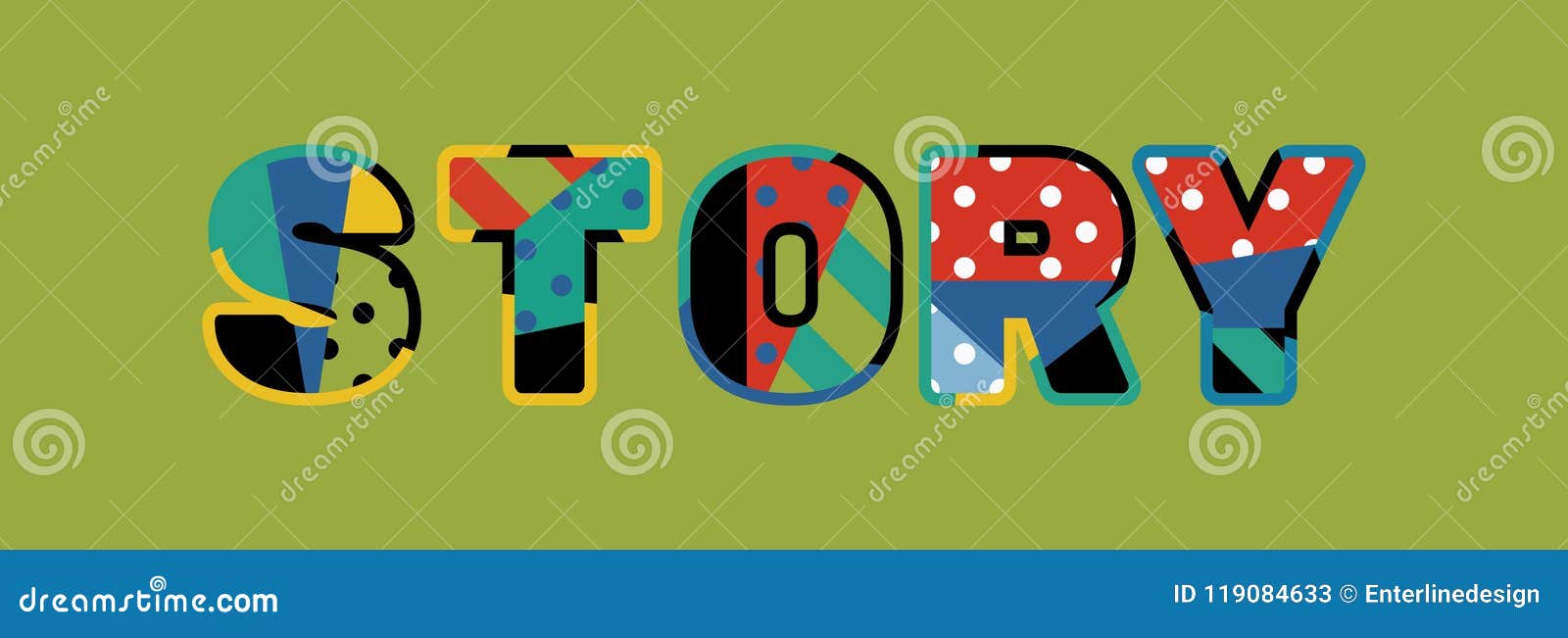
"And so it's like, you know, the fence is purple, the door is purple, the swing is purple."Īnd there in the text, unbeknownst to a beginning reader, would be the world 'Purple.'īut instead of breaking down the word (PUH UHR PUH UHL), the student would be told to look at the picture and the word and guess what it was. "We call them patterned books," Purcell said.

The idea was to make reading fun by giving students special books where pictures are tied to text. For three decades a Balanced Literacy publishing industry worth billions has been centered around a professor from teachers college Columbia in New York named Lucy Calkins. "I mean, I'll be the first to admit and I say this all the time, I was a balanced literacy fangirl," Purcell said. She used Balanced Literacy, as did most schools in the country. When Missy Purcell taught reading in Georgia's largest school district in Gwinnett County several years ago, it was not like this. In Georgia that's inspired new laws in hopes of a literacy sea change. What's followed is called the Science of Reading movement. Grant Blankenship/Georgia Public Broadcasting. Lewis Elementary School in Macon, Ga., recently.

Quantesha Pittman explains blends, or sounds made when two or more letters are put next to each other, to third grade students at John R. Now there's good reason to believe that one of the most popular methods of teaching reading has left many children without the basic skills for reading. Research has shown that if students don't learn by then, they're far more likely to fall dangerously behind. That's because there's perhaps no greater predictor of how a child will succeed in school than how well they can read by about the third grade. Going forward, 30 or 45 minutes of every reading class in Bibb County will be spent like this, building phonemic awareness, a core skill in what's called Structured Literacy or, broadly, the Science of Reading. "Shrub!" they said in unison before moving on to more sounds.

Then Pittman had the students put those little chunks of sound called phonemes back together again. "Good job! And then right after that 'SH' sound what do you hear?" "What's that first sound again?" she asked the room of about twenty kids. Quantesha Pittman was teaching third graders to build words. Outside, it was summer, but inside John Lewis Elementary School in Macon, Ga.
If you knew my story word for word how to#
In structured literacy, students spend a lot of time learning how to break words down into bits of sound called phonemes.


 0 kommentar(er)
0 kommentar(er)
